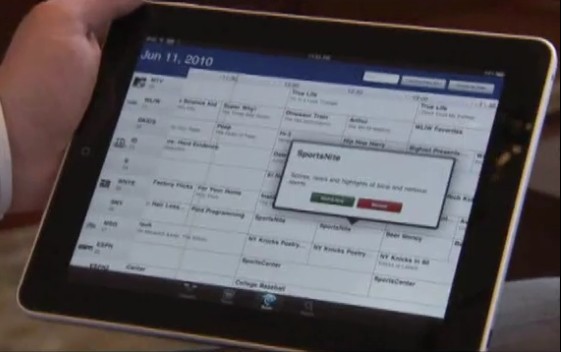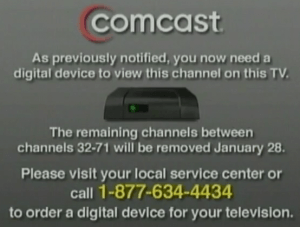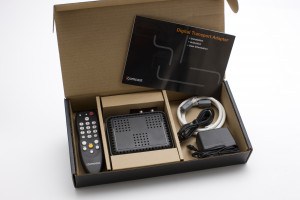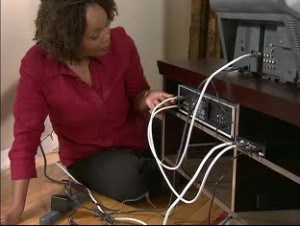 Time Warner Cable faces an increasing number of subscribers cutting their cable television service off, choosing to watch their video entertainment online.
Time Warner Cable faces an increasing number of subscribers cutting their cable television service off, choosing to watch their video entertainment online.
Now the nation’s second largest cable company is trying to mitigate the potential damage with a series of new applications designed to bring cable television and your computer, cell phone, and iPad together.
Time Warner is getting started with the iPad, developing an application that will help cable subscribers remotely control their DVR cable box to record and manage programming. Away from home and want to scan a program guide and record an upcoming show? The new app will let you do it. Need to grab some video on-demand from Time Warner? Not a problem. You can even start watching on your iPad and pick up where you left off from your home.
Integrating the many devices consumers use as part of their daily lives with cable television could bring the cable viewing experience back front and center among at least some subscribers. That reduces the chance customers will decide they can do without cable TV. Since most of Time Warner Cable’s on demand library will only be available to current cable subscribers, cutting cable’s cord also means an end to online on-demand viewing of cable-licensed programming.
Time Warner Cable CEO Glenn Britt has repeatedly emphasized his interest in delivering cable services the way customers want, and claims the new generation of applications on the way from the cable company will provide just that.
Although Time Warner will start with the iPad, the application will quickly become available for the iPhone and iPod Touch series. Additionally, versions for other smartphones as well as portable and home computers will soon follow.
Ironically, this integration process could drive data volumes on Time Warner Cable’s broadband network to new heights. Video streaming alone will dramatically increase traffic. Yet the same company that is ready and willing to provide these bandwidth-intensive services also complained about existing broadband customers “using too much” of their existing broadband service. In the spring of 2009, the company sought to implement a 40GB usage limit on some its broadband customers and charge up to three times more — $150 a month for unlimited access. At the time, Britt and other company officials blamed the burden of online video and other usage-intensive applications for spiking the demand on their network.
Customers may wonder whether Britt’s new enthusiasm for online video means he recognizes their network has plenty of capacity to support unlimited access or is looking for a new excuse to justify a return to Internet Overcharging schemes.
[flv width=”640″ height=”500″]http://www.phillipdampier.com/video/Time Warner Cable iPad App.flv[/flv]
Time Warner Cable CEO Glenn Britt, CTO Mike LaJoie, VP of Web Services Jason Gaedtke and Director of Digital Communications Jeff Simmermon ponder their prototype iPad app and discuss the implications of integrating cable TV with other electronic devices. For Time Warner Cable, it’s a matter of preserving cable TV subscribers who might contemplate cutting the cable TV cord and watching everything online. (13 minutes)


 Subscribe
Subscribe



